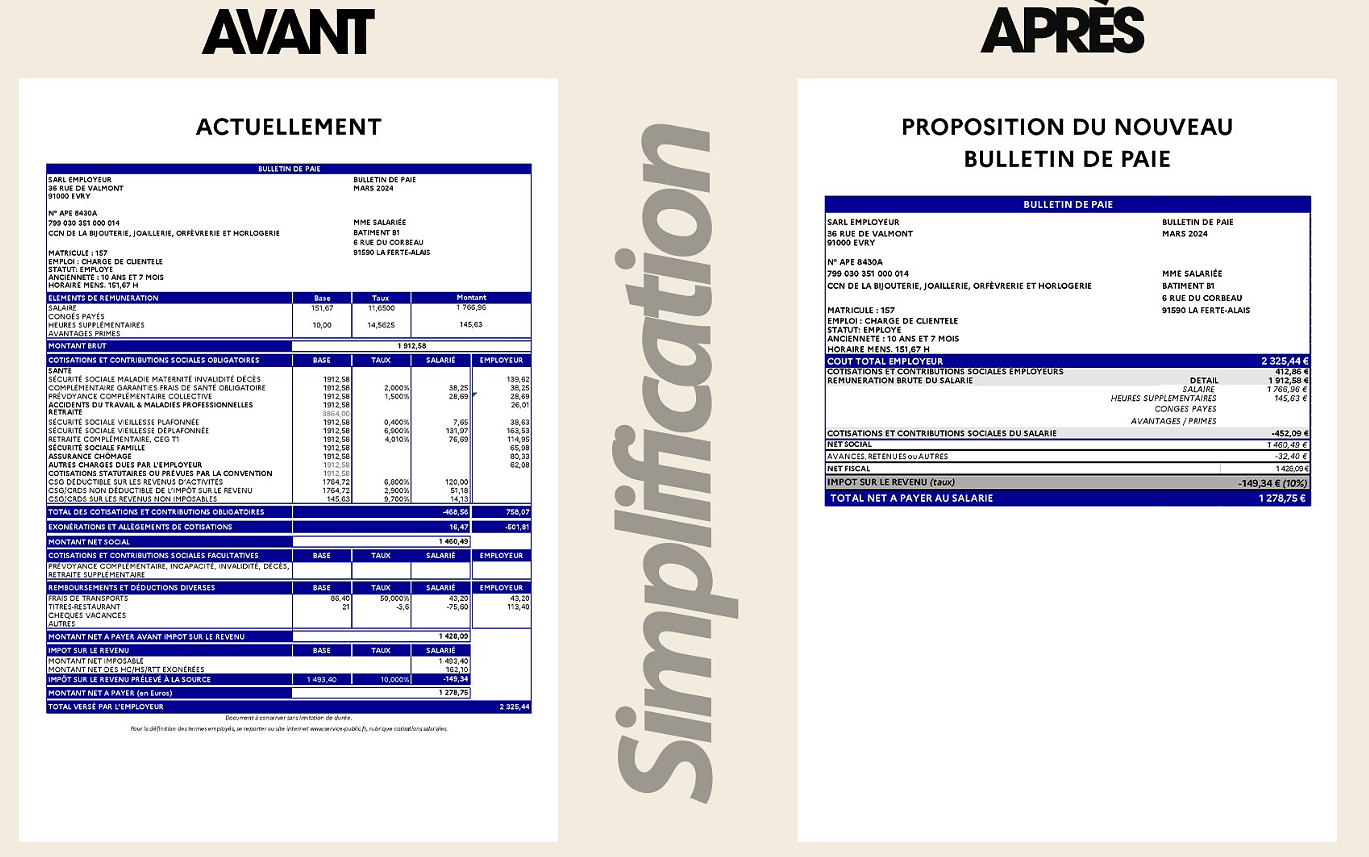Certainly, when it comes to cheese, North Rhine-Westphalia is not the first thing that comes to mind. More like Switzerland or France. Or Italy and the Netherlands. And when it comes to cheese from Germany, Bavaria is at the top. But there are also cheese dairies in NRW whose products are appreciated by gourmets.
The small, round pieces of cheese from Nieheim in the district of Höxter in East Westphalia have achieved a certain degree of fame. This low-fat sour milk cheese, once made in dozens of factories, is now only produced by a single cheese dairy. An entire festival is now dedicated to him for this, the Nieheim cheese market, which is now taking place again after a Corona break. The Nieheim cheese is even legally protected: only cheese from Nieheim can be called Nieheim cheese. But there are many other interesting cheese dairies in the state (the NRW cheese compass lists around two dozen, kaesekompass-nrw.de). We present two particularly unusual companies.
Behind an old wooden gate, the path leads into an old mining tunnel, water drips from the rock, runs in a trickle along the old tracks, on which a few rusty carts are still standing. Then an iron door, behind it lies the former explosives chamber. And now you notice it, that cheesy smell. Farmer Stefan Belke from Winkhausen near Schmallenberg in Sauerland has been producing a Gouda-style raw milk cheese for twelve years. So far so good. But then he had the idea of letting his cheese mature in this tunnel, where slate was mined until the 1950s.
How do you come up with something like that? Firstly because the tunnel belongs to a friend. Secondly, because Belke wants to “represent the history of the Sauerland” with his cheese, as he says. "We Sauerlanders have a very close relationship to our nature and our history." This includes slate mining, but also agriculture and dairy cow farming. With his stollen cheese he could combine the two tedious, typical Sauerland professions, so the idea.
So much for the philosophical superstructure. In practice, the whole thing is still an experiment even after two years, says Belke. How is the cheese developing down there? After how many months of aging does it taste best? Stefan Belke gives him at least three months. "I would like to leave some of them longer, the first batches are really promising." In any case, the cheese develops completely differently than in a normal cold room, where after a while a hard rind forms and the cheese becomes hard cheese.
"In the stollen, it stays soft like butter cheese, even after months, the cheese doesn't ripen as quickly," says Belke, "that's also due to the extreme humidity in the stollen." So anti-aging for the cheese. And presumably another bacterial culture will also develop, and this is decisive for the taste of a cheese, "every maturing cellar has its very own bacterial culture".
In any case, the taste of this Stollen experiment is promising: Belke's Glück-Auf-Käse is nutty and creamy at the same time, spicy and creamy, intense but still fine.
The Mölders family, who run the Kragemann farm near Bocholt, do not follow the usual path to cheese production either. Around twenty years ago, the Mölders bought water buffalo because these robust cattle, which are not sensitive to moisture, are good landscapers - and ideally suited to keeping some ecologically valuable wetlands close to the border with the Netherlands free of forest. "We currently have a herd of around 140 water buffaloes," says Silvia Mölders. Two bulls take care of the offspring. And after the birth of the calves, the water buffalo cows give milk.
The Mölders came up with the idea of processing this milk into cheese while sitting in an Italian restaurant and being told that the original buffalo mozzarella from the southern Italian region of Campania is made from milk from water buffalo. "So we thought, we can do that too," says Silvia Mölders.
Now she always keeps around 50 animals that are giving milk near the barn. "We have a milking robot there, which the water buffalo cows accepted well after initial skepticism." Water buffalo may look wild, but they are sensitive, calm and relaxed, the farmer asserts. And once the animals have gained confidence and are used to a new situation, they are easy to work with.
The Mölders have the buffalo milk processed by nearby cheese dairies into semi-hard cheese, Brie, buffalo mozzarella, burrata and ricotta. For some people in the region, the sight of water buffalo certainly took some getting used to, says Silvia Mölders. But the buffalo mozzarella from local production has never had any problems with acceptance. "It has long since found buyers and lovers."

 His body naturally produces alcohol, he is acquitted after a drunk driving conviction
His body naturally produces alcohol, he is acquitted after a drunk driving conviction Who is David Pecker, the first key witness in Donald Trump's trial?
Who is David Pecker, the first key witness in Donald Trump's trial? What does the law on the expulsion of migrants to Rwanda adopted by the British Parliament contain?
What does the law on the expulsion of migrants to Rwanda adopted by the British Parliament contain? The shadow of Chinese espionage hangs over Westminster
The shadow of Chinese espionage hangs over Westminster Parvovirus alert, the “fifth disease” of children which has already caused the death of five babies in 2024
Parvovirus alert, the “fifth disease” of children which has already caused the death of five babies in 2024 Colorectal cancer: what to watch out for in those under 50
Colorectal cancer: what to watch out for in those under 50 H5N1 virus: traces detected in pasteurized milk in the United States
H5N1 virus: traces detected in pasteurized milk in the United States What High Blood Pressure Does to Your Body (And Why It Should Be Treated)
What High Blood Pressure Does to Your Body (And Why It Should Be Treated) “I’m interested in knowing where the money that the State takes from me goes”: Bruno Le Maire’s strange pay slip sparks controversy
“I’m interested in knowing where the money that the State takes from me goes”: Bruno Le Maire’s strange pay slip sparks controversy Despite the lifting of the controllers' strike, massive flight cancellations planned for Thursday, April 25
Despite the lifting of the controllers' strike, massive flight cancellations planned for Thursday, April 25 The right deplores a “dismal agreement” on the end of careers at the SNCF
The right deplores a “dismal agreement” on the end of careers at the SNCF The United States pushes TikTok towards the exit
The United States pushes TikTok towards the exit Saturday is independent bookstore celebration
Saturday is independent bookstore celebration In Paris as in Marseille, the Flames ceremony opens to fans of rap and hip-hop
In Paris as in Marseille, the Flames ceremony opens to fans of rap and hip-hop Sale of the century for a mysterious painting by Klimt, in Austria
Sale of the century for a mysterious painting by Klimt, in Austria Philippe Laudenbach, actor with more than a hundred supporting roles, died at 88
Philippe Laudenbach, actor with more than a hundred supporting roles, died at 88 Skoda Kodiaq 2024: a 'beast' plug-in hybrid SUV
Skoda Kodiaq 2024: a 'beast' plug-in hybrid SUV Tesla launches a new Model Y with 600 km of autonomy at a "more accessible price"
Tesla launches a new Model Y with 600 km of autonomy at a "more accessible price" The 10 best-selling cars in March 2024 in Spain: sales fall due to Easter
The 10 best-selling cars in March 2024 in Spain: sales fall due to Easter A private jet company buys more than 100 flying cars
A private jet company buys more than 100 flying cars This is how housing prices have changed in Spain in the last decade
This is how housing prices have changed in Spain in the last decade The home mortgage firm drops 10% in January and interest soars to 3.46%
The home mortgage firm drops 10% in January and interest soars to 3.46% The jewel of the Rocío de Nagüeles urbanization: a dream villa in Marbella
The jewel of the Rocío de Nagüeles urbanization: a dream villa in Marbella Rental prices grow by 7.3% in February: where does it go up and where does it go down?
Rental prices grow by 7.3% in February: where does it go up and where does it go down? Sale of Biogaran: The Republicans write to Emmanuel Macron
Sale of Biogaran: The Republicans write to Emmanuel Macron Europeans: “All those who claim that we don’t need Europe are liars”, criticizes Bayrou
Europeans: “All those who claim that we don’t need Europe are liars”, criticizes Bayrou With the promise of a “real burst of authority”, Gabriel Attal provokes the ire of the opposition
With the promise of a “real burst of authority”, Gabriel Attal provokes the ire of the opposition Europeans: the schedule of debates to follow between now and June 9
Europeans: the schedule of debates to follow between now and June 9 These French cities that will boycott the World Cup in Qatar
These French cities that will boycott the World Cup in Qatar Montpellier-Nantes: at what time and on which channel to watch the Ligue 1 match?
Montpellier-Nantes: at what time and on which channel to watch the Ligue 1 match? Ligue 1: Luis Enrique leaves many PSG players to rest in Lorient
Ligue 1: Luis Enrique leaves many PSG players to rest in Lorient Football: Deschamps, Drogba, Desailly... Beautiful people with Emmanuel Macron to play with the Variétés
Football: Deschamps, Drogba, Desailly... Beautiful people with Emmanuel Macron to play with the Variétés Football: “the referee was bought”, Guy Roux’s anecdote about a European Cup match… with watches and rubies
Football: “the referee was bought”, Guy Roux’s anecdote about a European Cup match… with watches and rubies


















